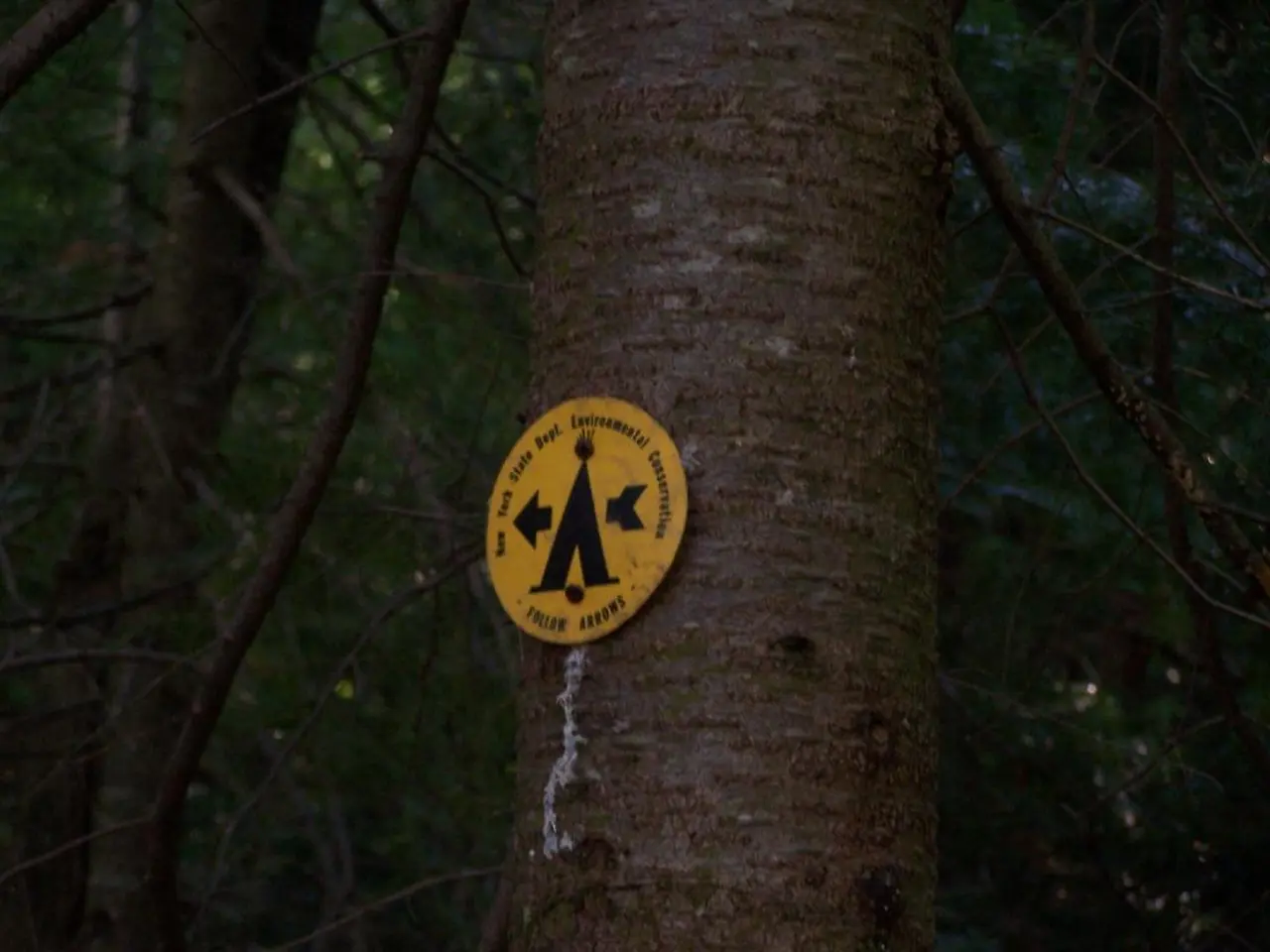Workplace Safety Guidelines for Arborists
In the realm of tree maintenance and utility vegetation management, safety is paramount when working near overhead power lines. Here are some key guidelines, as outlined by OSHA and other best practices, to ensure a secure and accident-free environment.
Minimum Approach Distances (MAD)
Workers must maintain specific safe distances from energized power lines based on the voltage, as stipulated in OSHA regulation 29 CFR 1910.269. These distances are critical to prevent accidental electrical contact during tree work near live lines.
Qualified Personnel
Only workers who have been properly trained in electrical hazards, understand and can comply with MAD, and have verifiable qualifications are permitted to perform line-clearance tree trimming near energized power lines.
Personal Protective Equipment (PPE)
Required PPE for utility vegetation management crews includes flame-resistant clothing, insulated gloves and sleeves rated for electrical protection, eye and face guards, and hard hats rated for electrical hazards. Proper PPE is essential for protection against electric shock, cuts, and falling debris.
Pre-Job Inspections
Before beginning work, assess the site for tree structural weaknesses, presence and location of power lines, unstable ground, and other hazards. This helps in planning the safest approach for felling and trimming.
Safe Operation Procedures
For tree felling and trimming, use chainsaws and other tools safely according to OSHA standards, including proper handling techniques and situational awareness, particularly near overhead lines.
Fall Protection and Chemical Hazard Communication
OSHA also requires adherence to fall protection standards (29 CFR Part 1926.501) and hazard communication for any chemicals used during operations, as part of comprehensive safety compliance.
Additional Safety Measures
- Always perform a hazard assessment before trimming, considering potential impacts on the surrounding area and weather conditions, especially wind.
- Have someone on the ground to act as a spotter, if possible, when trimming.
- Use rope lines to help guide the tree in the desired direction.
- Always make sure that other workers and bystanders are not below before trimming.
- Perform trimming from the ground whenever possible. If climbing the tree is necessary, use a professional arborist.
- Provide a safe retreat path for the logger while the tree is falling.
- Utility companies may complete this work free of charge or for a small fee.
- Broken or hanging branches and trees leaning against others should be considered potential hazards during felling.
- Make sure the tree has completely fallen and is not hung up on adjacent trees or is not held off the ground by limbs.
- Indirect contact with noninsulated high-voltage power lines can also lead to shock and electrocution.
- Weather conditions, especially wind, should be considered before felling a tree.
- Workers must always be aware of the presence of electrical power lines when trimming tree limbs.
- Nonessential bystanders should remain well out of the felling area.
- Utility companies should be contacted before trimming trees near power lines to discuss de-energizing, grounding, or shielding the lines.
These guidelines emphasize the high risks associated with vegetation management near power lines, and stress that compliance is crucial not only to meet regulatory requirements but to save lives and reduce injuries. For further information, refer to the fact sheets on Personal Protective Equipment (AEX-790.1-AEX790.7), Electrical Safety (AEX-790.20-AEX-790.22), and Tool and Equipment Safety (AEX-790.29-AEX-790.40).
Gardening applies safe practices from utility vegetation management when dealing with trees and power lines, such as maintaining Minimum Approach Distances and using Personal Protective Equipment. Health-and-wellness and fitness-and-exercise could benefit from adopting the fall protection standards and following safe operation procedures during tree trimming, ensuring a safe and accident-free environment, just like in vegetation management near power lines.




